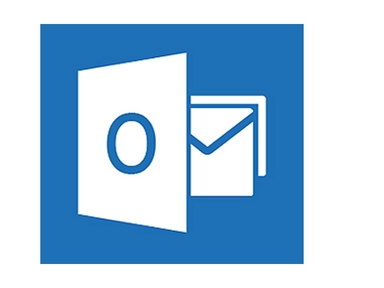Whitelisting is dead
 A decade or so ago I was offering whitelisting services to clients. It was pretty simple. I’d collect a bunch of information and do an audit on the customer’s sending. They’d get a report back identifying any issues that would limit their chances at acceptance. Then I’d go and fill in the forms on behalf of the client. Simple enough work, and it made clients feel better knowing their mail was whitelisted at the various ISPs.
A decade or so ago I was offering whitelisting services to clients. It was pretty simple. I’d collect a bunch of information and do an audit on the customer’s sending. They’d get a report back identifying any issues that would limit their chances at acceptance. Then I’d go and fill in the forms on behalf of the client. Simple enough work, and it made clients feel better knowing their mail was whitelisted at the various ISPs.
When email filters were less complex and more binary, whitelists were a great way for receivers to identify which senders were willing to stand up and be held accountable for their mail. Over time, whitelists became much less useful. Filtering technology progressed. Manual whitelisting wasn’t necessary for ISPs to sort out good mail from bad.
The era of whitelisting is over.
In fact, three of the major whitelist providing ISPs were AOL, Yahoo, and Verizon; all three are now a part of OATH. The Verizon whitelist page now redirects to postmaster.aol.com. New requests to signup for the AOL whitelist are rejected with the message that AOL whitelisting is no longer available or necessary. Yahoo has a “new IP review” form rather than a whitelisting form.
Whitelisting is dead.
Even the various certification and whitelisting services have mostly gone away. Both Habeas and Goodmail failed to achieve a profitable exit event. Of course, Return Path is still around, but they have built a platform of tools and services unrelated to whitelisting or certification.
Now senders are going to have to focus on sending mail that people ask for and want in order to make it to the inbox.

